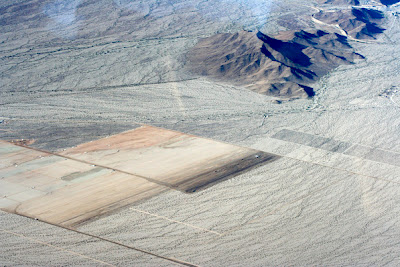American Bird Conservancy Seeks Enforced Permit System for Wind Energy

The American Bird Conservancy (ABC) formally petitioned the Department of Interior to establish and enforce a permit mechanism that would regulate the wind energy industry's impacts on birds. The petition provides insight into a cavalier energy industry that has shown little regard for wildlife conservation, and Federal agencies ignoring their responsibilities under two major laws -- the Migratory Bird Treaty Act and Bald and Golden Eagle Protection Acts. Without regulation, the wind energy industry will push already-imperiled birds and bats into further decline, including the Golden Eagle, Peregrine Falcon, Whooping Crane, Cerulean Warbler, Hawaiian Goose, and California Condor . Our efforts to cut greenhouse gas emissions should not involve such widespread destruction of natural resources. Currently, it is only voluntary for wind companies to apply for a "take" permit when wind turbines are expected to kill protected birds, and the US Fish and Wildlife Service



